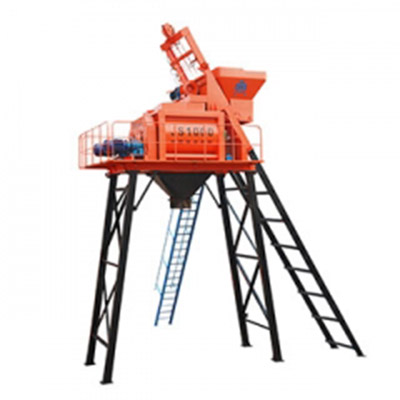Mobile:+86-311-808-126-83
Email:info@ydcastings.com
cf8 cf8m
Understanding CF8 and CF8M Stainless Steels
In the realm of metallurgical engineering, stainless steels are the backbone of numerous industrial applications due to their excellent corrosion resistance, strength, and durability. Among the various grades of stainless steel, CF8 and CF8M are particularly notable for their unique properties and widespread use, especially in environments where corrosion resistance is paramount.
What are CF8 and CF8M?
CF8 and CF8M are both a part of the ASTM A351 standard, which covers castings for valves, flanges, and fittings. These materials essentially belong to the austenitic family of stainless steels, which are characterized by their face-centered cubic crystal structure. The designation CF stands for Cast Ferritic, while the numerical suffix refers to the composition and properties of the steel.
CF8 is an alloy that primarily consists of iron, with about 18% chromium and 8% nickel. This combination provides excellent corrosion resistance and good mechanical properties, making it suitable for a variety of applications, including food processing, chemical processing, and in the maritime industry.
On the other hand, CF8M is essentially the more robust counterpart to CF8. It features similar additions of chromium and nickel, but it incorporates around 2-3% molybdenum. This molybdenum content significantly enhances the alloy's resistance to pitting and crevice corrosion, especially in chloride environments. Therefore, CF8M is often preferred in industries that deal with aggressive chemicals and saline environments.
Applications of CF8 and CF8M
cf8 cf8m

The versatility of CF8 and CF8M makes them integral to numerous sectors. CF8 is widely used in applications where moderate corrosion resistance is needed, such as
- Food and Beverage Processing CF8 is ideal for equipment handled in sanitary conditions, ensuring that the integrity of food products is maintained. - Chemical Processing It is applied in the construction of components that come in contact with various chemicals that require resistance to corrosion.
In contrast, CF8M, with its enhanced properties, is utilized in more demanding situations, such as
- Marine Applications The added molybdenum makes CF8M a preferred material for valves and pumps in marine environments. - Pulp and Paper Industry CF8M is often chosen for its durability against the exerted stresses and corrosive chemicals used in pulping processes. - Oil and Gas Sector It is widely adopted for instrumentation and pipeline fittings due to its ability to withstand harsh and corrosive conditions.
Conclusion
The choice between CF8 and CF8M ultimately boils down to the specific requirements of the application. While CF8 provides a solid balance of strength and corrosion resistance for general use, CF8M offers superior protection in highly corrosive environments. Understanding the differences and applications of these stainless steel grades is crucial for engineers and manufacturers to ensure the longevity and reliability of their products in various industrial settings. Whether it’s in chemical processing or marine applications, selecting the right material can make all the difference in performance and cost-effectiveness.
-
Understanding Metal Casting TechniquesNewsApr.02,2025
-
Understanding Exhaust Manifolds for Enhanced Engine PerformanceNewsApr.02,2025
-
The World of Metal FabricationNewsApr.02,2025
-
Key Components for Pump and Turbo EfficiencyNewsApr.02,2025
-
Essential Tools for Automotive Maintenance and RepairNewsApr.02,2025
-
Durable Valve Components for Effective Water ManagementNewsApr.02,2025











